DRESDEN — Six-year-old Sawyer Andrews of Dresden carefully placed bouquets of lilacs and white pine tassels Monday — Memorial Day — on the graves of soldiers buried at the cemetery tucked into the woods at the Pownalborough Courthouse.
The nine soldiers buried there and honored in its 67th annual Memorial Day ceremony had familial ties to the historic site, including Capt. John Johnson, the lone Revolutionary War soldier there, who lived at the site and sent four sons to serve in the War of 1812, according to David Probert of the Lincoln County Historical Society.
Three other Johnsons share the cemetery grounds, including John and Rebecca Johnson’s sons Capt. Rowland Johnson, who captained a ship that was boarded and robbed in the War of 1812, and Thomas Johnson who served in the War of 1812 and succeeded his father as postmaster of Dresden. He also served as town treasurer and selectman, and conducted much of the town’s business at the courthouse. Later, the two brothers took joint ownership of the courthouse property, dividing it into two sections, each living on one side.

Reenactors wait Monday before a Memorial Day service at the cemetery at the Pownalborough Courthouse in Dresden. Andy Molloy/Kennebec Journal Buy this Photo
And Sgt. William C. Johnson, who served in the War of 1812 and returned to oversee the farm at the courthouse, is also buried in the cemetery.
“We remember, today, the cost of it all,” said Leon E. McCreary, chaplain for the Dresden Masonic Lodge, as he reflected on honoring the fallen soldiers.
McCreary asked God to “please be with all who serve our country every day.”
Veterans from the Revolutionary War, War of 1812 and Civil War are buried at the Pownalborough Courthouse cemetery.
They include Charles A. Goodwin, killed at age 26 in action during the Civil War battle at Antietam.

Terah Ames observes Memorial Day services Monday at the Pownalborough Courthouse in Dresden. Ames says she was portraying Abigail Tibbetts, her great-grandmother who lived during the American Revolution in Boothbay. Andy Molloy/Kennebec Journal Buy this Photo
About 35 people attended the ceremonies, including a half-dozen Revolutionary War reenactors, who escorted the group to and from the cemetery, bearing muskets and in period garb, and area members of the Masons.
Local historian and Lincoln County Historical Society member Jay Robbins said there was no public ceremony last year at the cemetery on Memorial Day due to the coronavirus pandemic, but about 10 society members gathered for a private ceremony, making this year the 67th straight year the society recognized the soldiers buried there on Memorial Day.
Part of the event included replacing the American flag on the flagpole, which is dedicated to Steve Powell, a World War II veteran who first erected a flagpole at the site and who helped preserve and restore the courthouse.
Fort Shirley was built at the site of the courthouse in 1752. The area was incorporated as Lincoln County, and the town of Pownalborough was incorporated at the site of the fort.
The Pownalborough Courthouse was built in 1761 by the Kennebec Proprietors for the then-newly created Lincoln County, and was the site of many trials. It hosted notable visitors, including John Adams, Benedict Arnold, Robert Treat Paine, William Cushing, the Rev. Jacob Bailey and future Massachusetts Govs. David Sewall and James Sullivan.
The courthouse also served as a tavern, dancing school and the Dresden Post Office from 1807 to 1855, according to a brief history of the site on the Lincoln County Historical Society’s website. It also hosted church services.

Sawyer Andrews, 6, of Dresden lays a frond Monday at a veteran’s headstone at the cemetery at the Pownalborough Courthouse in Dresden during Memorial Day services. Andy Molloy/Kennebec Journal Buy this Photo
It was also a family home for Capt. Samuel Goodwin, one of the original Kennebec Proprietors and a captain at Fort Shirley, from 1761, when Goodwin moved his family from the fort’s guardhouse to the courthouse. His descendants used it as a house until 1954, when the property was acquired by the Lincoln County Cultural & Historical Association.
It is the only surviving courthouse in Maine built during the Colonial period, and is now a museum owned and operated by the Lincoln County Historical Society.
It was listed on the National Register of Historic Places in 1970. The museum at the site opened Monday for the summer season, and is scheduled to be open Saturdays, Sundays and Mondays until Oct. 11.
Send questions/comments to the editors.


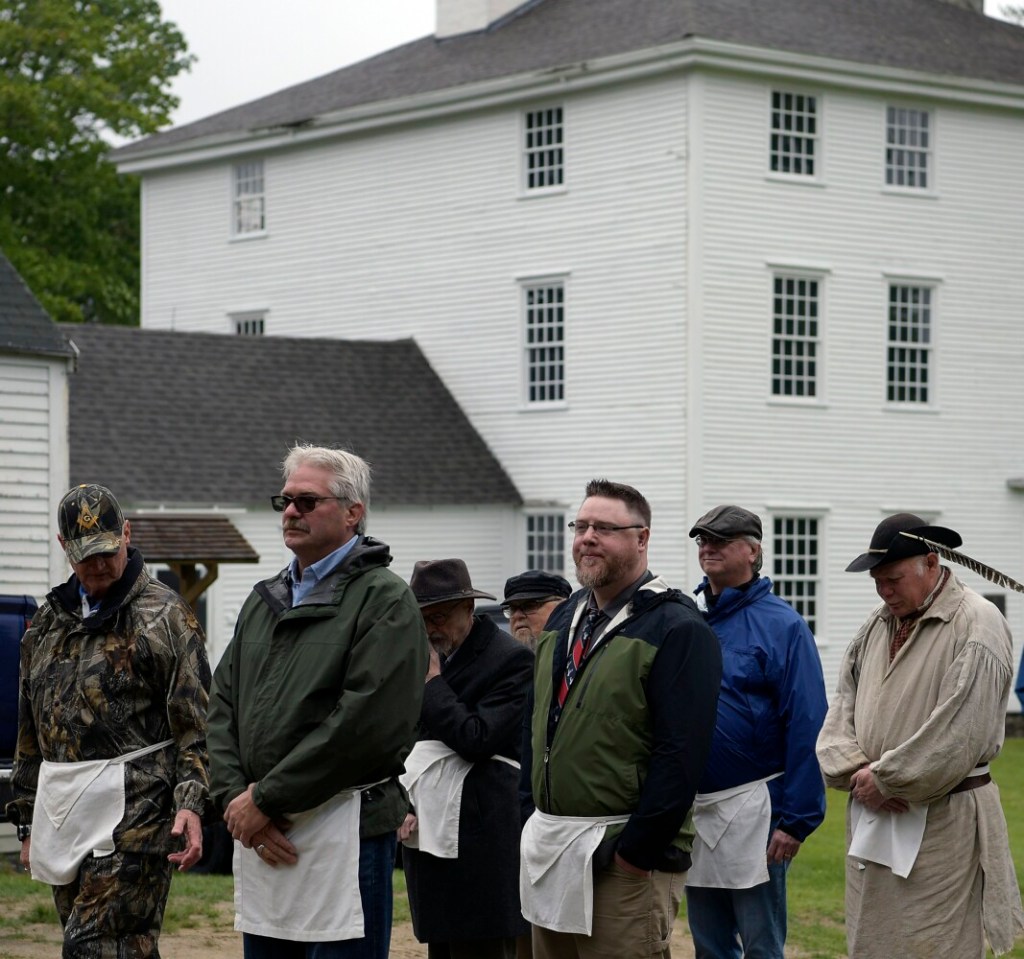
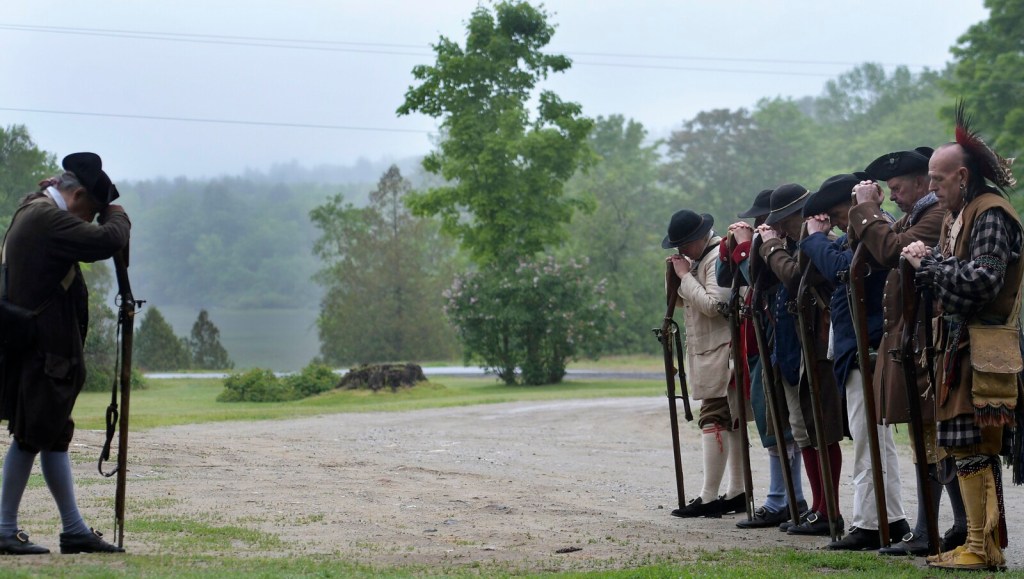
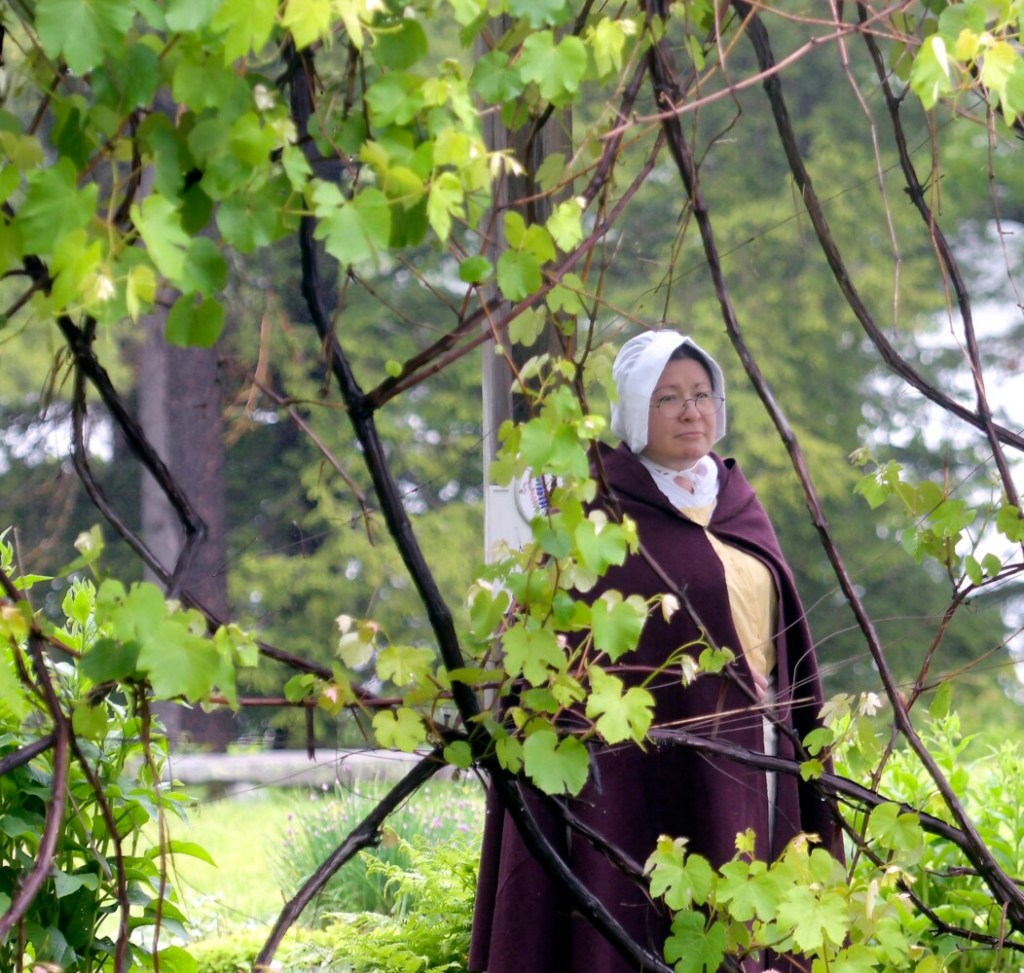
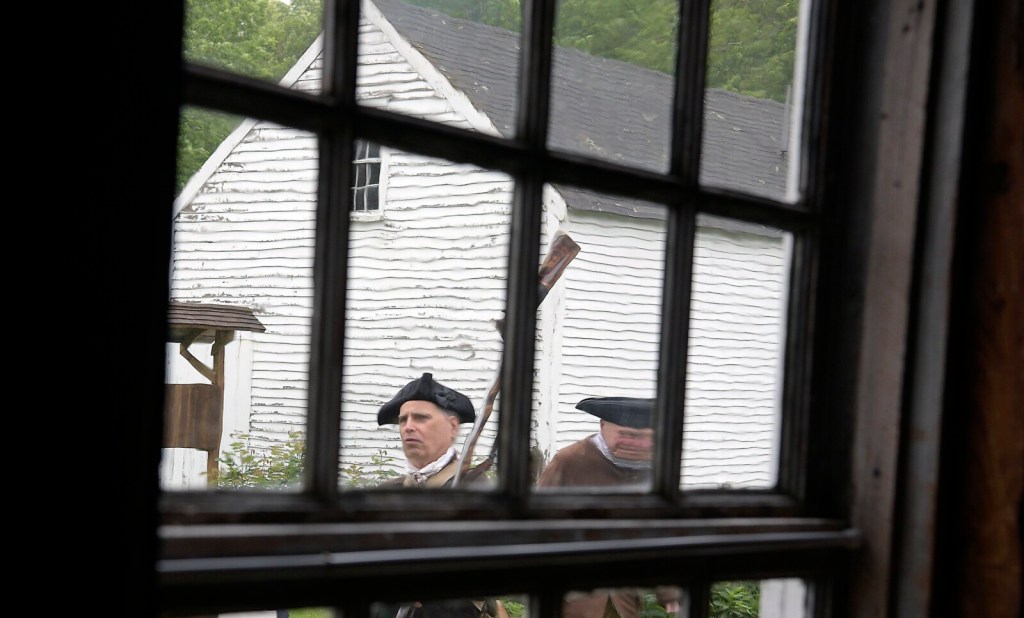
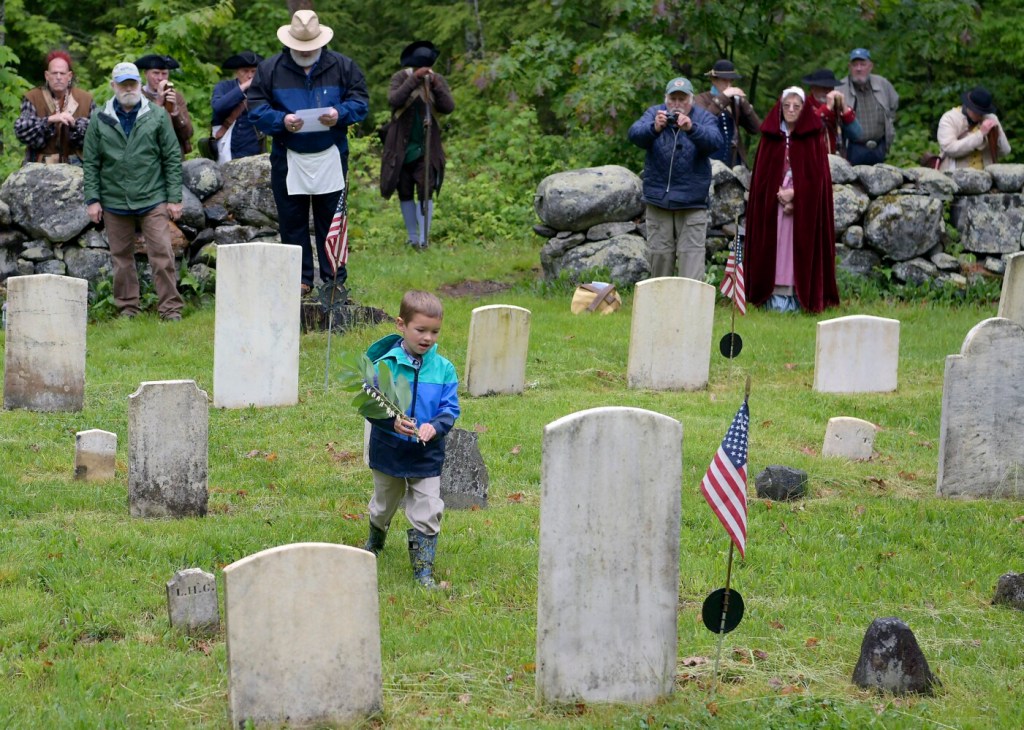

Comments are no longer available on this story